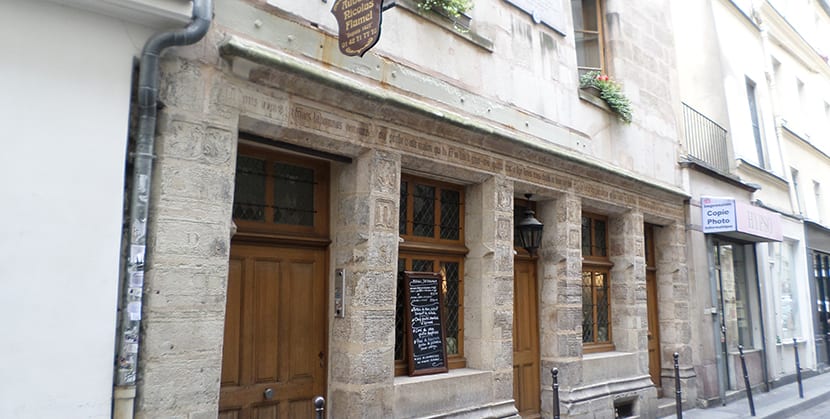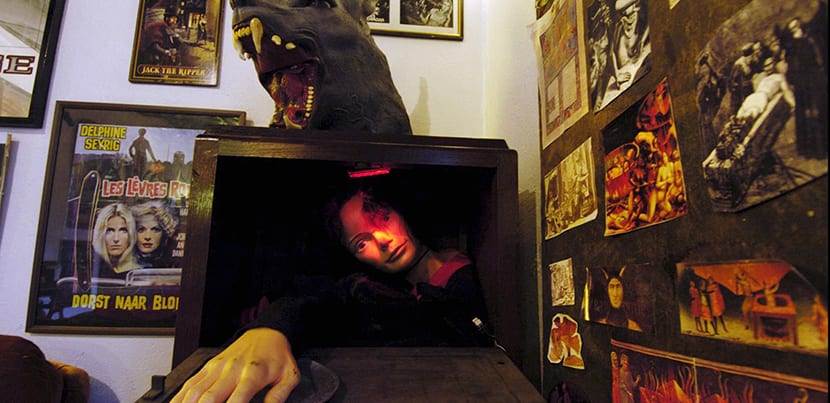
All European cities that accumulate centuries of history have mysterious places to know. It is enough to investigate what they are and dare to go out in their search. This summer can be a good opportunity to walk through the streets of the French capital and in addition to taking photos, eating Crepes and delicious buttered sandwiches on the banks of the Seine keep a list of places to hand infrequent, rare and mysterious.
Un Vampire Museum, a paved courtyard with medieval tombstones, old house of an alchemist, the Père Lachaise Cemetery and of course, famous but not for that reason not recommended, the Catacombs of Paris. A rosary in hand, the camera and walking.
Vampire Museum
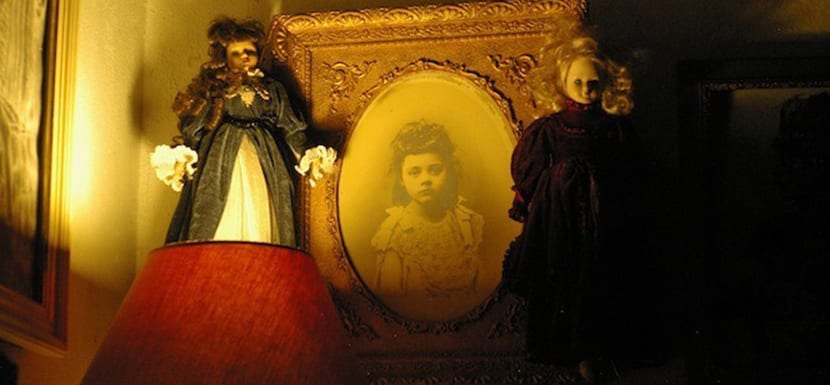
Jacques Sirgent is a Canadian of French parents who one day became passionate about everything related to vampirism. While his father taught French literature classes he began to be fascinated by fantasy literature and comics, legends and folklore. Arsene Lupine, Dumas, Balzac, were at that time in his library both in Canada and in Geneva where he went to study and graduated in linguistics.
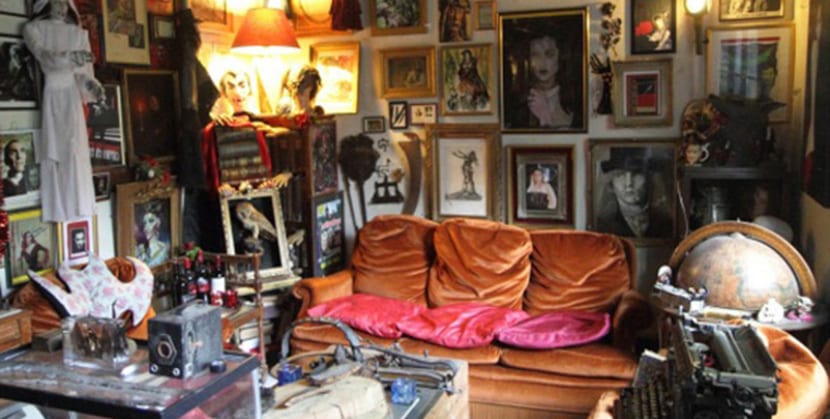
He became a specialist in gothic English literature, for example, so he's not just a fan of fangs and bad movies. He continued his studies at the Sorbonne in Paris, and in 2005 he devoted himself to founding a museum and giving lectures. The museum is dedicated to vampires and monsters of the imagination and in addition to its showcases full of interesting things, it has an important library with more than 1500 books and a video library with more than 1300 films.
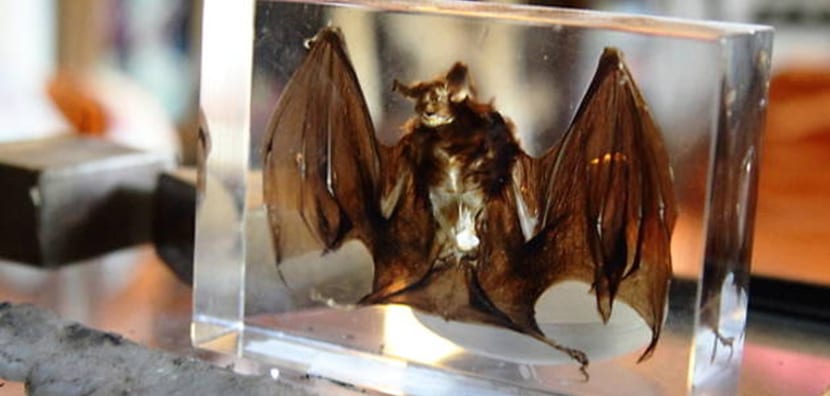
It's a really unique and eccentric museum focused on vampirism, western folklore and esotericism. Lots of information on demons, funeral rites, fear of the night, regression therapies, witchcraft, immortality, rare texts, mysterious relics kept in cabinets here and there, velvet sofas, it all helps to create a really gothic atmosphere that you are going to love it.
The place is open all year round from 10 am to midnight but you must reserve beforehand by phone. The visit lasts about two hours and the information is in French and English. The metro, Line 11, leaves you close by descending at des Lilas station. The exact address is rue Jules David, 14. It costs 8 euros per adult.
The Courtyard of the Tombstones
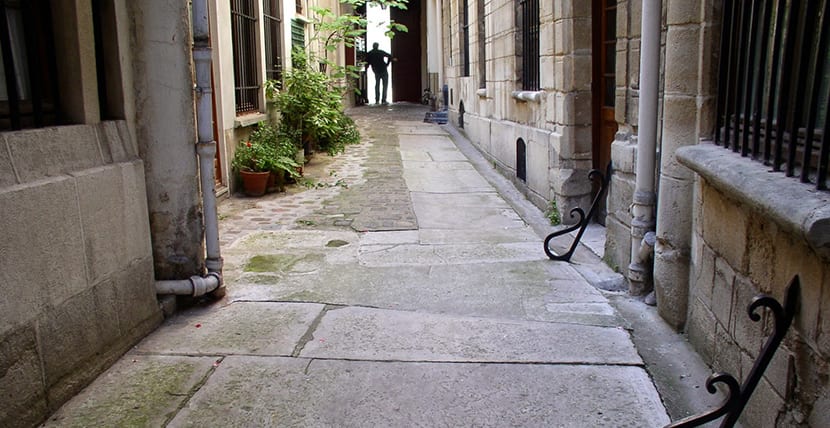
This place is small and can easily go unnoticed but it is in a very touristy place so without a doubt you are going to be close to miss it. It is on the Île de la Cité, on the right side of Notre Dame Cathedral, and it is a old street. It's called Chanoisse and it turns out that over time different segments have been affected and transformed by the urban growth of Paris.

Part of Chanoisse street, then, somehow retains its medieval air. It has managed to do so because until the XNUMXth century this part of Paris was under the control or influence of the monk Chanoine, a kind of hermit isolated from the world who was dedicated to meditating.
Thus, part of the charm of the little street is this story related to the monk, but the visible part of its mysterious charm is that a segment somewhat away from the gaze has tombstones ...

At number 26 of the street there is an old building with a red door and behind it there is a very small asphalt patio not with common stones but with tombstones. Yes, if you look closely, they are not all tombstones but some of the stones that are located near the walls have inscriptions in Latin and when you examine more closely you still realize that they are tombstones that were once in Parisian churches, there by the XNUMXth century.
It seems that the architects of the building decided to use them to cover the earth and make the floor and they have been there ever since.
Nicolas Flamel's house
Alchemy is considered a proto-scientific practice, that is to say, prior to science. Although we immediately identify it with the Middle Ages, it is actually practiced in Egypt, Mesopotamia, Ancient Rome, Greece and even the Islamic Empire, always combining knowledge of metallurgy, physics, chemistry, astrology and medicine. In other words, it has many centuries of history.
The Western Cultural Industry has always crushed us with the idea that alchemy sought to convert lead and other metals into gold, but in reality it is a little deeper and its search He was concentrating on the search for the so-called Philosopher's Stone and eternal life. Fasting, prayer, transmutation of the soul, a little of everything. That did Nicolas Flamel, a bourgeois from Paris who lived there in the fourteenth century and who according to history was a skilled alchemist.
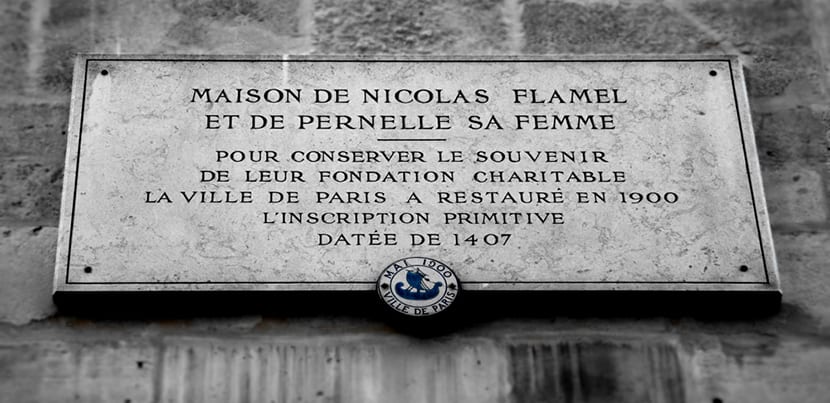
He traveled to Spain and back to Paris in 1407 he had his house built on rue de Montmorency, 51, which is the one we see in the photos and is still standing. Is about the oldest stone house in town and according to what is said in here, Flamel carried out his experiments since he himself asked him to transmute gold for his royal coffers.
In the XNUMXth century Flamel died but he had already designed his tomb, very symbolic, in the Church of Saint-Jacques de la Boucherie, today no longer standing, although you can see it in the Museum of Cluny.
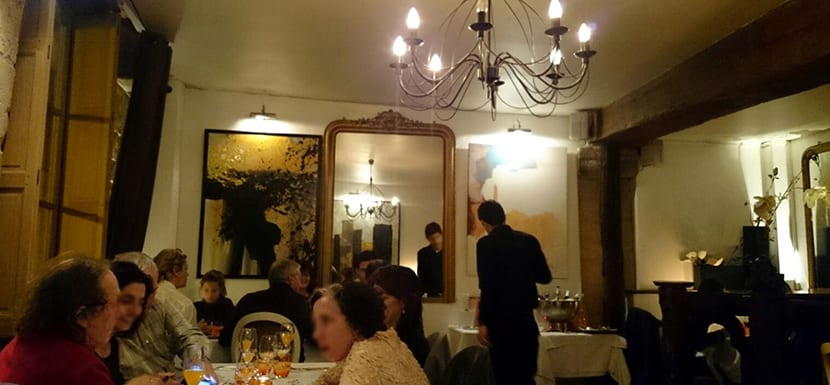
And can you enter the house? Yes, the building works today as a restaurant and luckily the owners take advantage of the alchemist's fame, the place is called Auberge Nicolas Flamel, and it is charming inside.
Catacombs of Paris
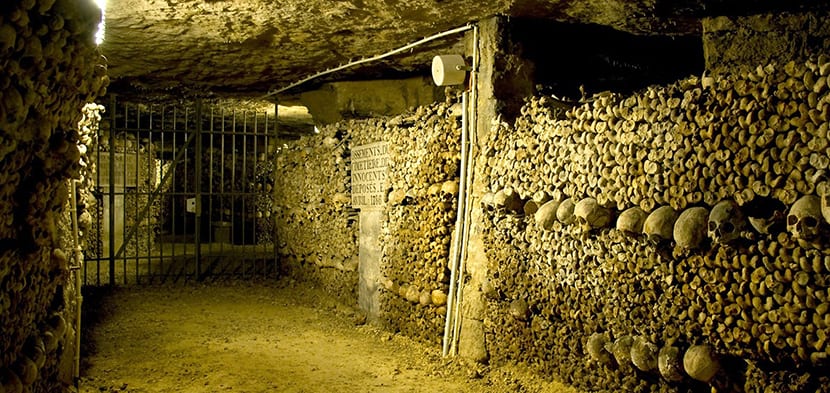
I have saved the last two mysterious sites for last because they are the best known in Paris. The underground tunnels under Paris have existed since Roman times and there seem to be hundreds of miles of labyrinths, some known and some not yet. That is why only some are open to the public, a small part actually known by the name of Denfert-Rochereau ossuary.
Here is between six and seven million skeletal remains of people who once lived or died in paris. They ended up here when, from the XNUMXth century on, the cemeteries of the Parisian churches began to fail and the plagues infested the streets with half-covered bodies, rains that swept the graves and so on.
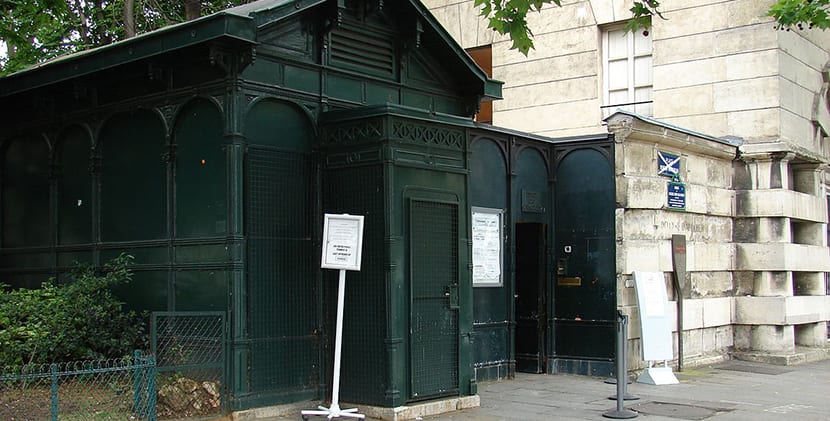
You can sign up for the tourist visit, of course. Nowadays everything is more controlled since in 2004 the police found a huge cavern where a cinema and a bar had been installed. Those responsible never appeared but since then there are more controls. You can buy tickets in advance but expect to wait at least an hour for the tour. It is a very touristy place!
Père Lachaise Cemetery

Without a doubt it is one of the most famous cemeteries in the world. It was founded by Napoleon and for a long time it went unnoticed but when it became known that he was buried here Moliere Suddenly people wanted to sleep the eternal dream between "famous."
That is why today it houses the tombs of characters recognized as Oscar Wilde, Jim Morrison, Allan Kardek (the father of spiritism), Ètienne-Gaspard Robert, the inventor of phantasmagoria or the pioneers of balloon flights, Thèodore Silvel and Joseph Croce-Spinelli who died in 1875 trying to break a record.
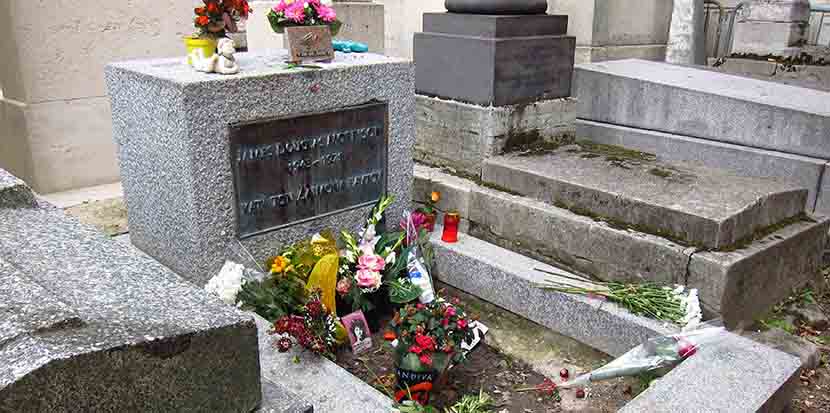
How do you get to the cemetery? There is a station that is called like the cemetery but do not be confused because it leaves you half a kilometer from the entrance. Line 2 brings you closer getting off at Philippe Auguste station. At the entrance they give you a free map to move between the routes although you can also make your own before doing a little research on the Internet.
